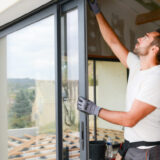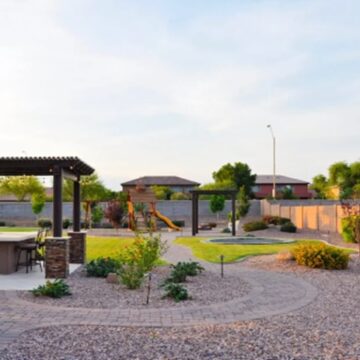The Green Revolution in Architecture
The push towards sustainability has dramatically influenced architectural practices, steering them towards more environmentally friendly designs. This shift is not merely about adopting green materials but extends into how buildings can harness natural resources more effectively. Among the most innovative solutions in this regard are roof lights, which have become a staple in eco-friendly building designs. Their ability to improve natural light penetration significantly reduces the need for artificial lighting, making them an essential component in the quest for sustainability.
Maximising Natural Light
One of the primary advantages of integrating roof lights into building designs is their unparalleled efficiency in maximising natural light. This not only reduces electricity consumption during daylight hours but also enhances the well-being of occupants by providing a brighter, more vibrant living or working environment. Studies have shown that spaces with abundant natural light can boost productivity, improve mood, and even contribute to physical health by regulating circadian rhythms.
With the introduction of roof lights, architects and designers have a powerful tool at their disposal to create spaces that are not only energy-efficient but also conducive to a higher quality of indoor life. By strategically placing roof lights, buildings can achieve a balance between aesthetic appeal and functional sustainability, making them an integral part of modern eco-friendly architecture.
Enhancing Energy Efficiency
Beyond illuminating interiors, roof lights play a pivotal role in enhancing a building’s overall energy efficiency. By allowing more natural light to enter, there is a significant reduction in the need for artificial lighting, which is one of the major consumers of electricity in buildings. Moreover, modern roof light designs come with improved insulation properties, helping to maintain indoor temperatures and thereby reducing the load on heating and cooling systems. This dual functionality makes roof lights an essential feature for anyone looking to design a building that is as green as it is functional.

Furthermore, the adaptability of roof lights to different architectural styles and requirements means that they can be incorporated into a wide range of projects, from residential homes to large commercial complexes. Whether it’s a flat roof light designed to complement a modern aesthetic or a more traditional skylight suitable for period properties, the potential for customisation ensures that eco-friendly design does not have to compromise on style.
Sustainable Materials and Construction
The sustainability of roof lights extends beyond their functionality to include the materials and methods used in their construction. Many roof lights now feature materials that are not only durable and long-lasting but also recyclable, reducing the environmental impact at the end of their life cycle. Additionally, advances in manufacturing technologies mean that these components can be produced with minimal waste, further enhancing their green credentials.
It is also worth noting the role of technological advancements in the development of smart roof lights, which can automatically adjust to optimise light intake and heat retention based on external conditions. This intelligent management contributes to a building’s sustainability by ensuring that energy consumption is kept to a minimum, without sacrificing comfort or aesthetic appeal.
In embracing roof lights, architects and builders are not just making a statement about sustainability; they are actively contributing to a more eco-friendly future. Through the strategic use of natural light, the careful selection of materials, and the incorporation of innovative technologies, roof lights represent a key element in the design of buildings that are as kind to the planet as they are to the people who use them. This integration of functionality, sustainability, and beauty exemplifies the best of modern architectural practices, showcasing a commitment to designing spaces that meet today’s needs without compromising the ability of future generations to meet their own.
















